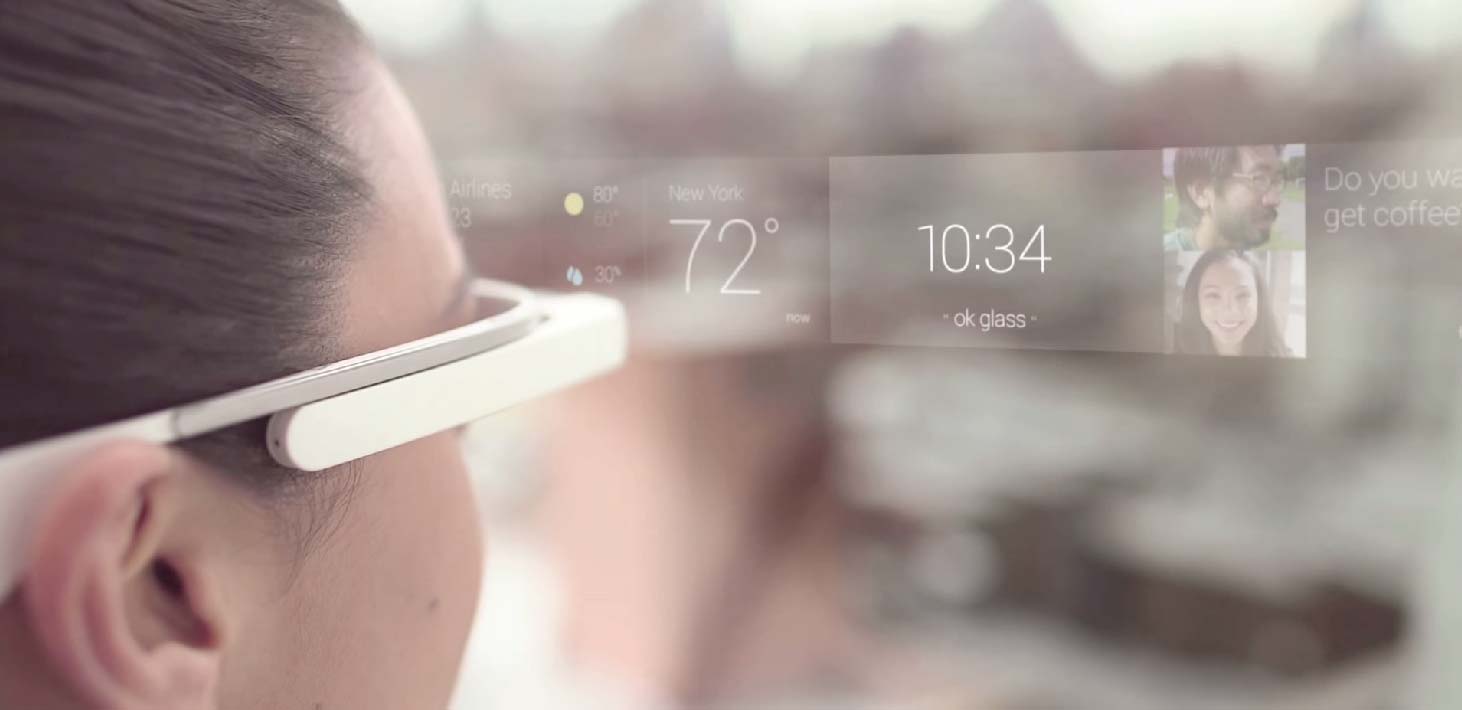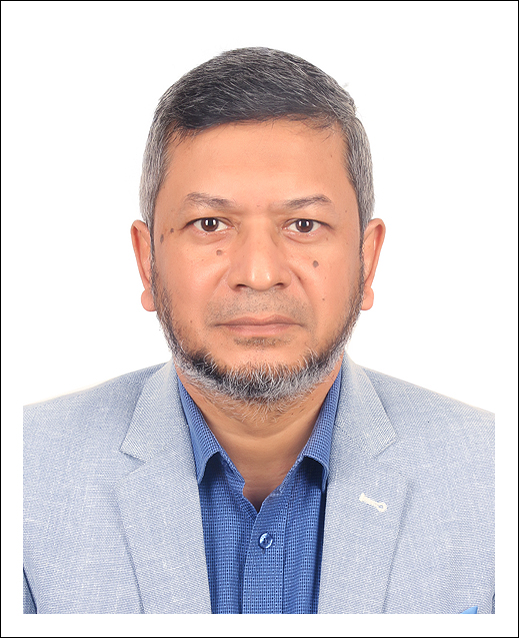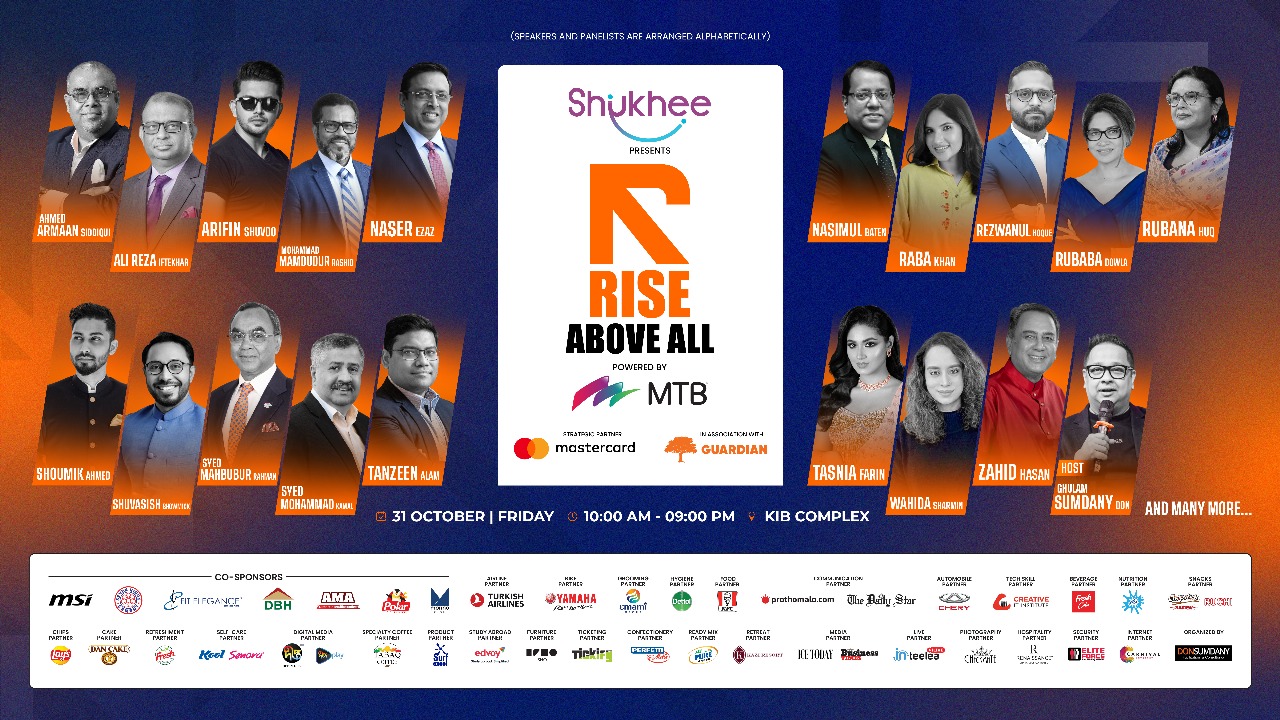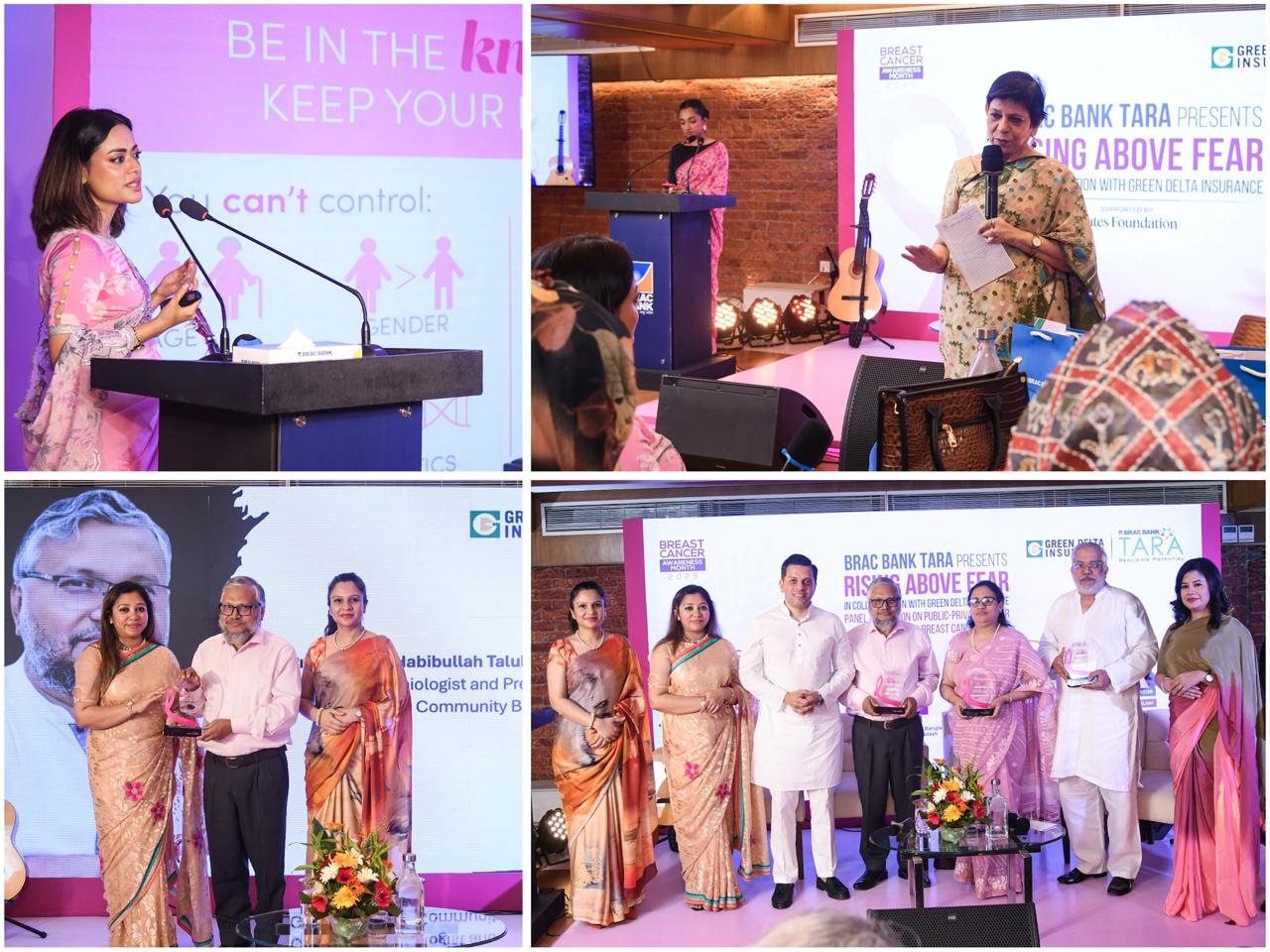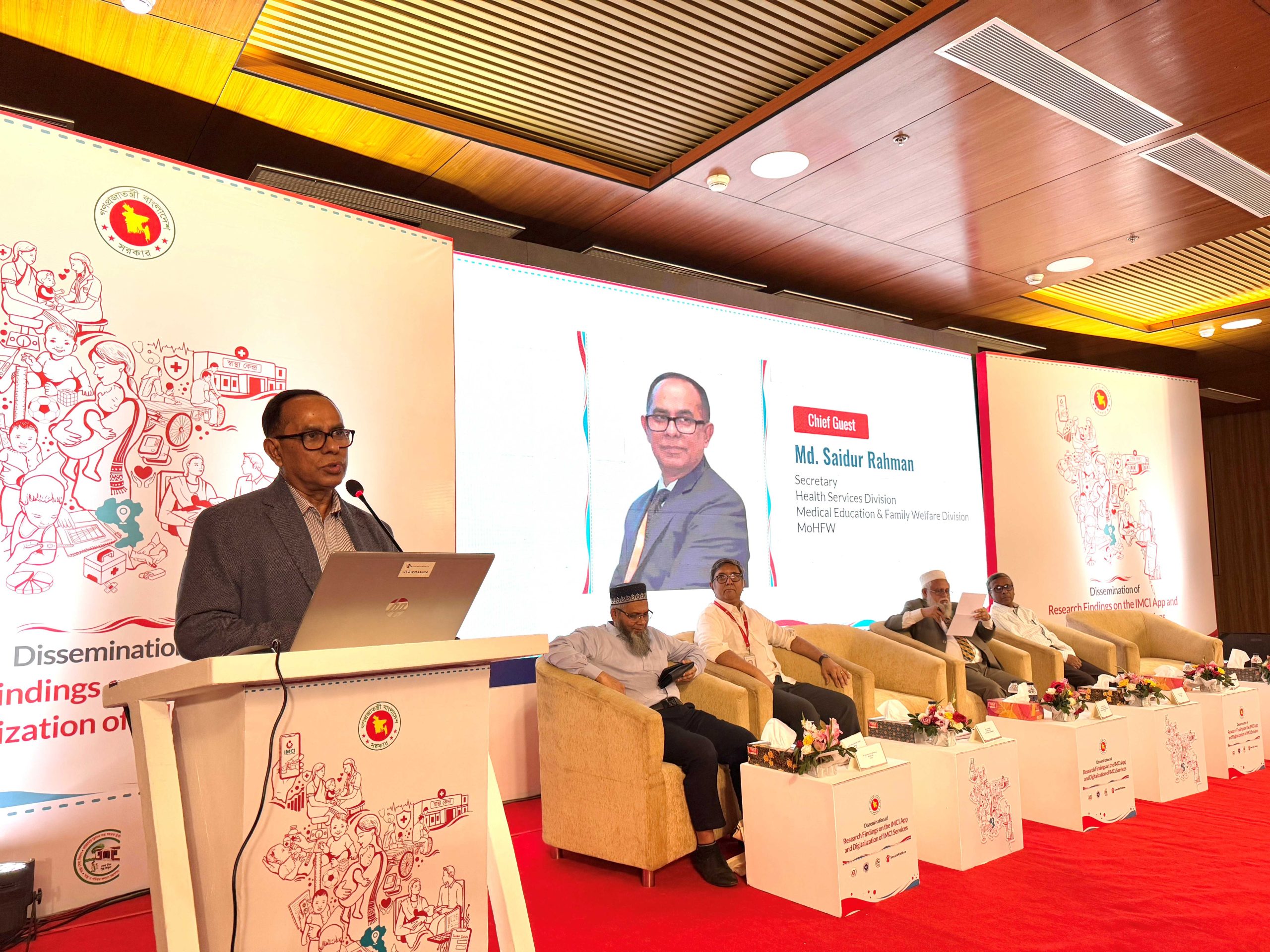How Augmedix can change the face of Health IT
Augmedix was part of the Innovation Showcase at the Innovation Xtreme event hosted by Startup Dhaka. SD Asia knew about Augmedix and what the company was doing for some time and finally got in touch with the founder and CEO of Augmedix Ian Shakil. Augmedix currently makes a Google Glass App that allows doctors to take care of their documentation more efficiently and focus more on their patients.
What is Augmedix? What does the company do?
We are working to tackle the biggest pain point in all of healthcare right now. There’s a fact that doctors spend a third or more of their day typing away on the computer, on their electronic health records. And not do what they were taught at med school to do, which is carry health records right in front of them. Doctors hate having to turn their backs and feed the beast, as I say. And patients don’t like it either when they look at the doctor’s back. The system finds this to be a very painful problem from an efficiency standpoint. Augmedix steps in and resolves this problem. When doctors wear Google Glass and use our service. Doctors don’t spend a third of their day in front of the computer anymore, they spend closer to 1% of a day.
What is your background?
My background was originally in biomedical engineering and medical devices. Right out of undergrad, I worked at a company called Edwards Life sciences for a good four years in various engineering and business roles. I left industry to go get my MBA at Stanford. This was a really fateful decision for me. At Stanford, I met my co-founder Pelu and several other folks who ended up coming to work for us here at Augmedix. When I graduated from Stanford back in 2012, I started working in startups. I worked at this very cool wearable company called MC10.
I was really happy and I thought that’s what I was going to do. But a googler let me try on a very early prototype of Google Glass. The experience really blew my mind and I saw so many opportunities in the world of healthcare with the glass. Being that I’ve been in healthcare for so many years that I decided ‘Hey, this is amazing. I got this once in a lifetime opportunity. I’m going to drop everything and leave my job at MC10.’ That’s how I started Augmedix. Soon after Pelu, who I met at Stanford where he was a medical student, decided to join me, we founded Augmedix in late 2012.
How does the app work?
We’re able to take the audio-visual stream from the doctor’s perspective. From the conversation between a doctor and a patient, structured data is extracted to populate the electronic health record in real time so the doctor doesn’t have to do it himself. We’re also able to serve the doctor information on demand. So the doctor can say his queries out loud and the information is shown on the heads-up display. He doesn’t have to fetch and distract himself to look that up.
You studied and worked in the US. How come the company set up an office in Bangladesh?
I’m Bangladeshi. I’m actually half Bangladeshi and half Irish-American. I have a whole bunch of family back in Bangladesh. I’ve always thought in my career I would be mostly based in the US and coming back to Bangladesh to visit. I never thought I’d actually be doing business in Bangladesh. But through a series of luck and coincidences, we’re now definitely doing business in Bangladesh. Almost half of our employees of the nearly 100 employees we have are based in our Dhaka office. Our Dhaka office is growing rapidly. A year from now, we’ll have more people in our Dhaka office than our San Francisco headquarters.
We were established in Dhaka because I had some personal connections. I knew some developers and some business people in Bangladesh. In the early days of Augmedix, we were desperately looking for engineering talent to take a risk and join fledgling startup that was yet to be proven. We couldn’t break the bank. It just so happened that we decided to take an even bigger risk on top of any of the risks we’ve taken and do a big chunk of our R&D and software in Bangladesh and not in San Francisco.
It turned out that the experiment showed wonderful results. We were successful in building an incredible prototype. Ultimately, we decided to invest and see further. Now, the vast majority of our software engineers and tech team are in Bangladesh, not San Francisco. There are all kinds of advantages for our startup to put its tech team in Bangladesh. Obviously, it’s much cheaper and more affordable for startups and not pay Silicon Valley wages. Also, Silicon Valley is so competitive. With Google, Facebook, Twitter and all the rest, it’s really difficult for startups to compete for talent in Silicon Valley. It’s challenging on some levels. So Bangladesh is super attractive and there are so many talented and energetic people. It’s turned out to be a wonderful competitive advantage for us. And we’re investing even more.
Now it turns out we’re going beyond tech people. We’re also hiring non-tech people: administrative people, finance people, to work at our back office; which is a significant back office. All in all, Bangladesh is a key part of our strategy and our business model.
How did you raise the initial investment money?
Raising money, especially the first money is always difficult. Finding those first believers is a magical thing. You get to prove yourself, especially if you’re a first time entrepreneur like me. I took a advantage of a lot resources to help get us started. We were part of an incubator called the Stanford Venture Studio and later at another incubator called Rock Health.
These incubators gave us space, resources, a little bit of money and a lot of credibility and that paved the way for us to get more substantial angel investors involved in Augmedix. Some of our Angel Investors are actually based in Bangladesh. After our angels got involved and we showed success, we were able to get institutional venture capital firms to invest in us.
So today, we’re very much funded by two large prestigious Silicon Valley venture capitalists: DCM and Emergence. And interestingly enough, I know now that these firms are very interested in Bangladesh in general. So their experience in dealing with Augmedix, it’s opening a whole new world of possibilities for them.
How does Augmedix handle the challenges of having two key offices that are situated on opposite sides of the globe?
There are profound challenges. I would say the key ingredient to make it work is sound and sturdy leadership on both sides. People in Bangladesh understand the crazy world of startups, the crazy world of working with western norms. The leadership in Bangladesh needs to be especially focused on documentation, prioritization, planning. More so than the normal case of over communicating in every respect. There needs to be a huge amount of trust on all sides in order to make it work. If these ingredients are not in place, I would not recommend trying to do what Augmedix are doing with dispersed global teams.









